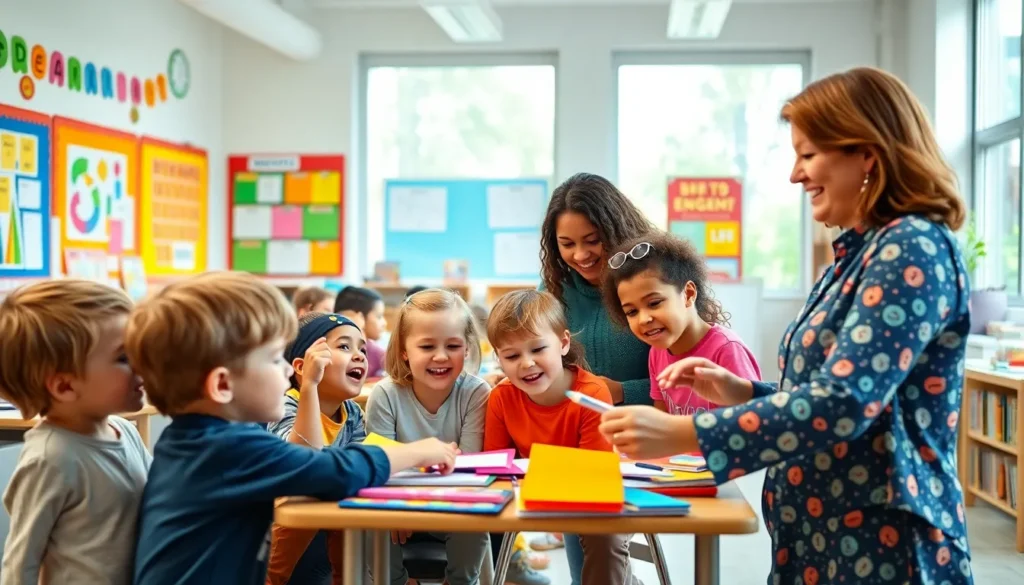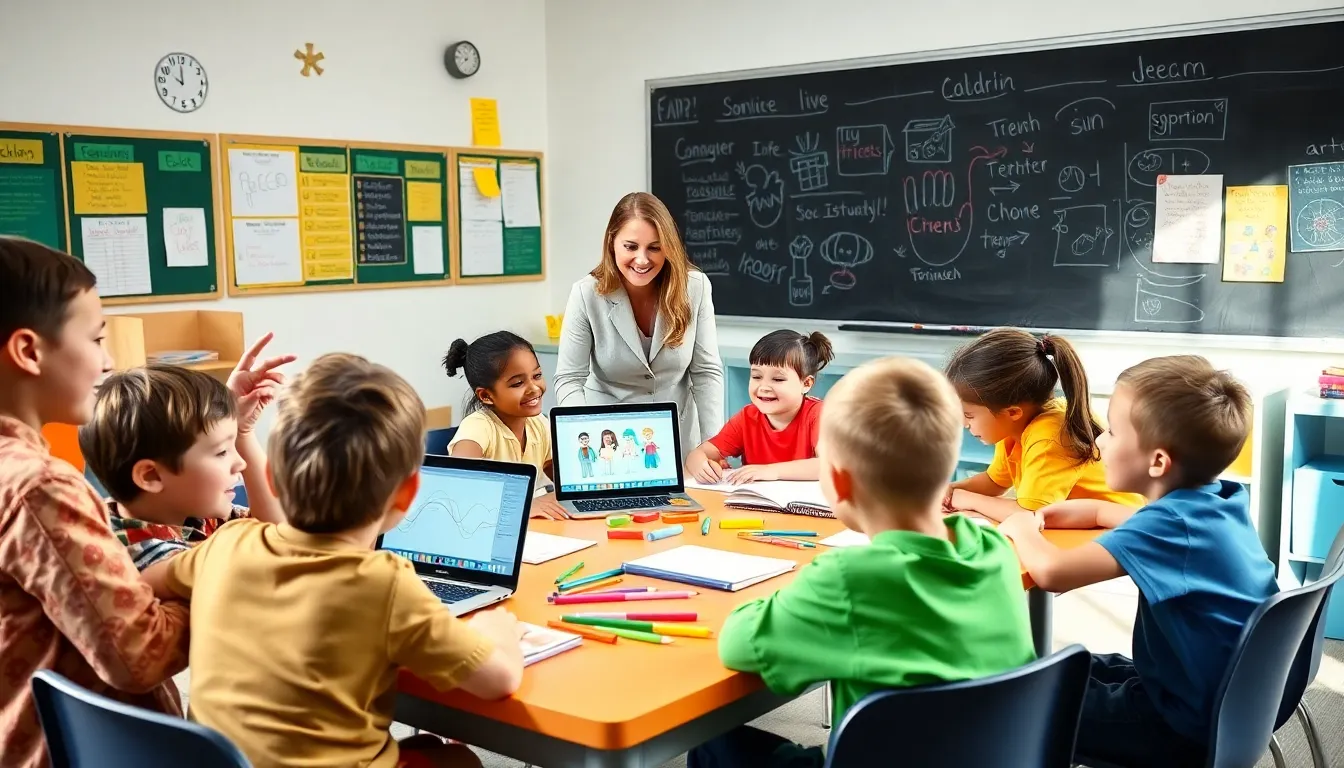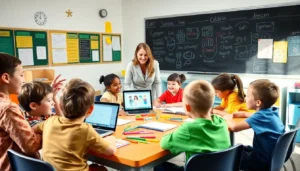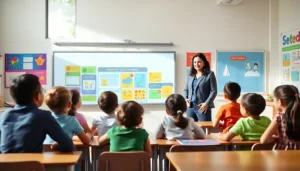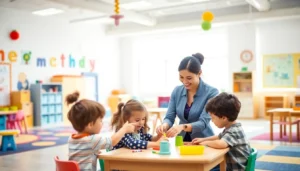Picture this: a world where every child’s potential is nurtured, creativity is sparked, and learning happens from the moment they take their first steps into a classroom. Welcome to the elementary years, a critical stage in child development where foundational skills are built, friendships are formed, and futures are shaped. While it might seem like just a playground filled with crayons and organized chaos, these early years can significantly impact a child’s trajectory. Buckle up: we’re about to explore why these tender years are more than just a rite of passage.
Table of Contents
ToggleThe Importance of Elementary Education
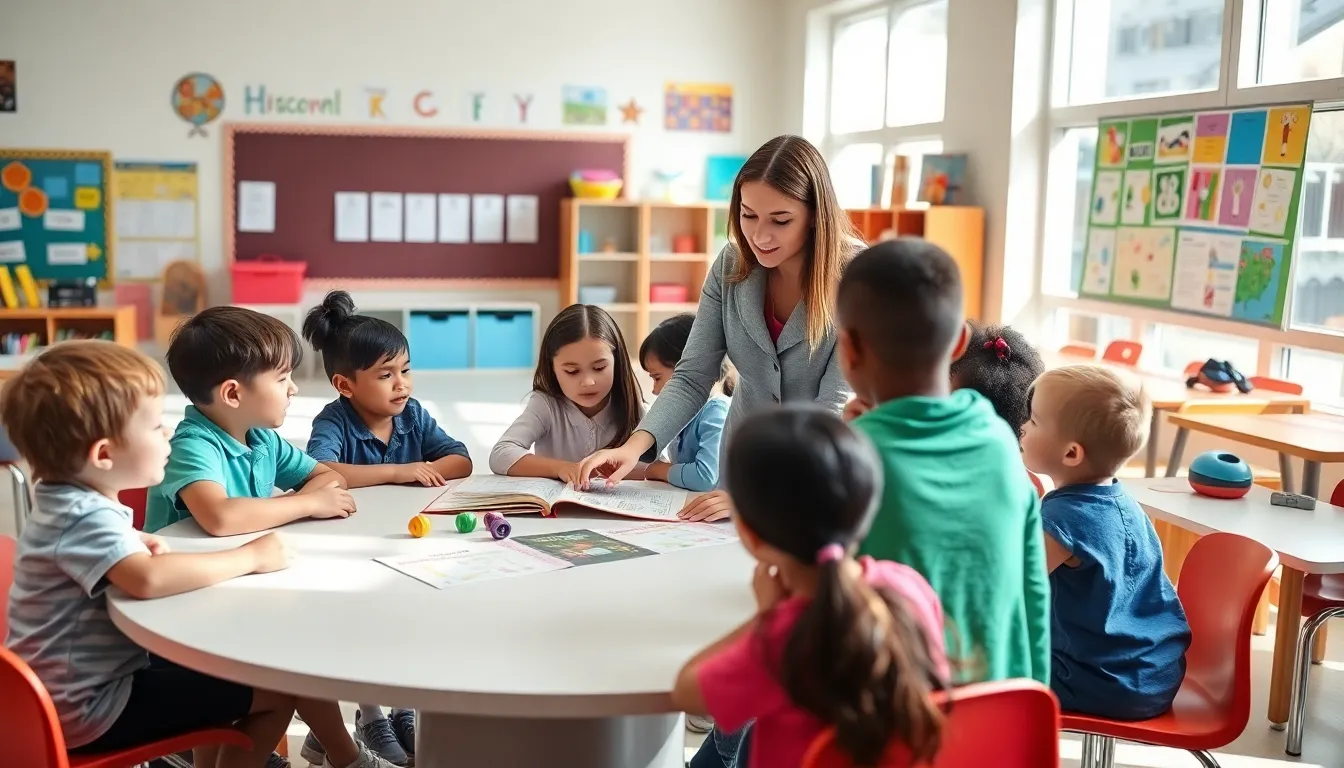
Elementary education serves as the cornerstone of a child’s academic and social journey. It’s in these early years that children experience their first structured learning environment. While some may dismiss this phase as mere playtime, research shows that effective elementary education lays vital groundwork for lifelong learning.
Studies suggest children who receive quality elementary education tend to perform better academically in later years. They develop essential skills in reading, writing, and mathematics that set the stage for future success. Besides, elementary education isn’t just about the core subjects: it plays an essential role in fostering critical thinking, problem-solving abilities, and creativity. These skills are imperative in navigating the complexities of the modern world.
Also, elementary schools are often a child’s first exposure to social systems beyond their home, offering opportunities to interact with peers and build relationships. This interaction not only enhances social skills but also aids in developing empathy and emotional intelligence, both of which are crucial as they progress through life.
Key Developmental Milestones
During the elementary years, children hit several significant developmental milestones. Understanding these can help parents, educators, and caregivers support their growth effectively.
Curriculum and Learning Approaches
At this stage, the curriculum is typically designed to cater to varied learning styles, ensuring that every child can engage with the material. Most schools emphasize a mixture of hands-on learning, visuals, and auditory options to cater to different learning preferences. Also, educators aim to make lessons relevant by connecting academic concepts to real-world scenarios. This approach not only makes learning fun but also helps children understand the significance of what they’re studying.
In incorporating various learning methodologies like Montessori or project-based learning, schools strive to foster curiosity and creativity. The focus often begins shifting from rote memorization to instilling a love for learning, encouraging children to ask questions and seek answers themselves.
Social and Emotional Learning
But it’s not all about academics. Social and emotional learning (SEL) is a fundamental component of elementary education. Children learn to identify and manage their emotions, set positive goals, feel and show empathy for others, establish positive relationships, and make responsible decisions. These skills are becoming increasingly essential as schools recognize that a child’s emotional well-being significantly impacts academic success. Programs emphasizing SEL can lead to improved behavior, stronger relationships, and increased academic performance.
Challenges Faced by Students
As magical as the elementary years can be, they’re not without challenges. Children face various hurdles that can affect their learning journey.
Supporting Diverse Learners
One of the most significant challenges in elementary education is catering to diverse learners. Classrooms today are melting pots of cultures, languages, and learning abilities. Teachers are tasked with the monumental job of ensuring that no child is left behind, providing an equitable education to all. This might involve differentiated instruction, adjusting the teaching style to meet individual needs, accommodating students with learning disabilities, and providing additional support where necessary.
Teachers and schools must foster an inclusive atmosphere, where every student feels safe and valued. It’s essential to empower educators with the tools and resources they need to support varied learners. After all, inclusivity not only benefits those who may struggle but enriches the classroom experience for every child.
Parental Involvement in Education
Parental involvement in education can significantly enhance a child’s learning experience. Research consistently shows students achieve higher when their parents are actively engaged in their education.
Tips for Parents to Enhance Learning
Parents can take numerous steps to be involved. It starts with fostering a love for reading by reading together at home or discussing what children learned at school. Attending school events, communicating with teachers, and encouraging assignments completion are key aspects of engaged parenting. Also, investing time in understanding the curriculum helps parents to support their children better.
Creating a Positive Learning Environment
Creating a nurturing atmosphere at home can also be pivotal. This involves establishing a consistent routine, providing quiet space for assignments, and celebrating achievements, no matter how small. Such an environment not only boosts academic performance but also enhances emotional well-being.

